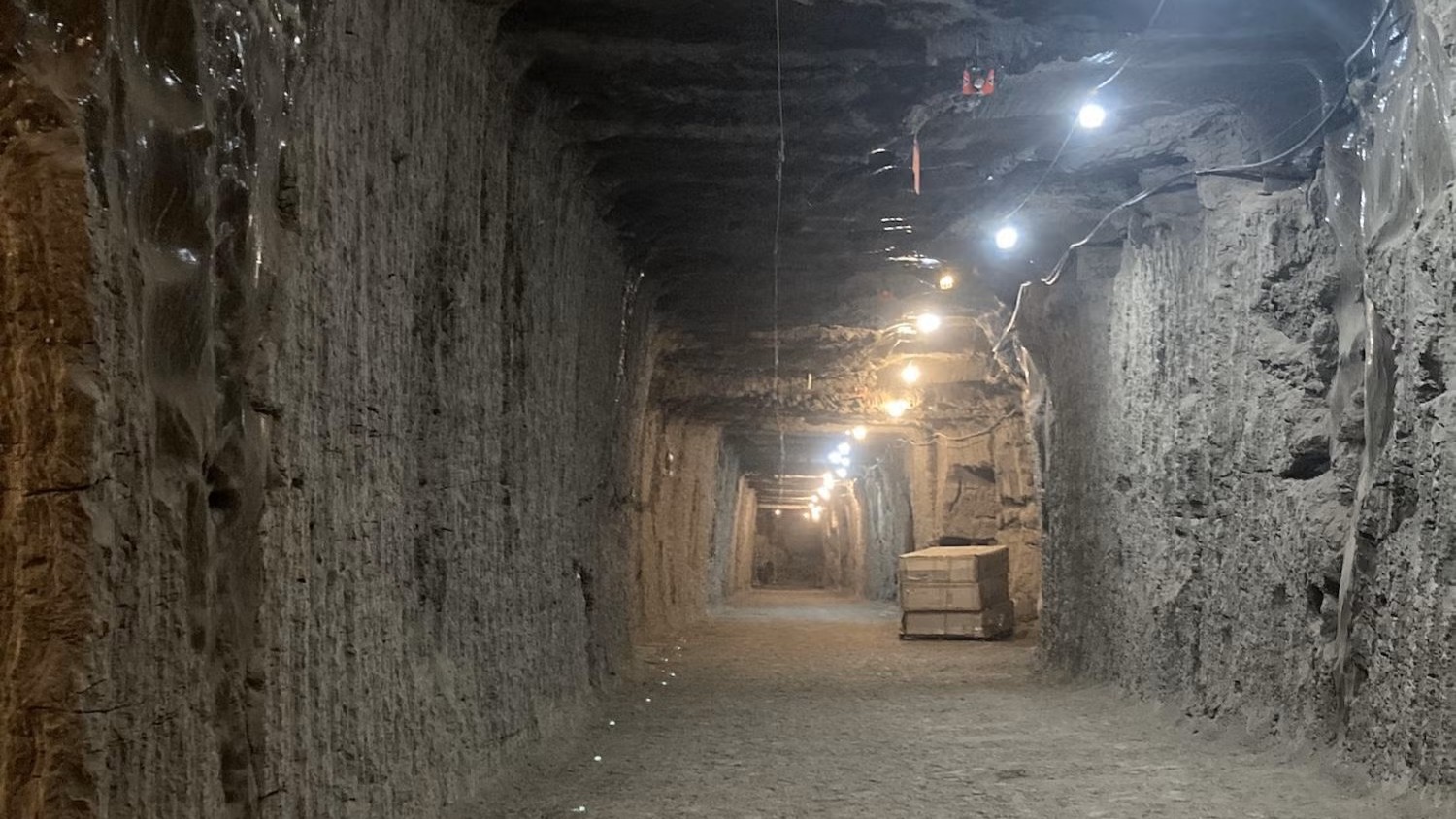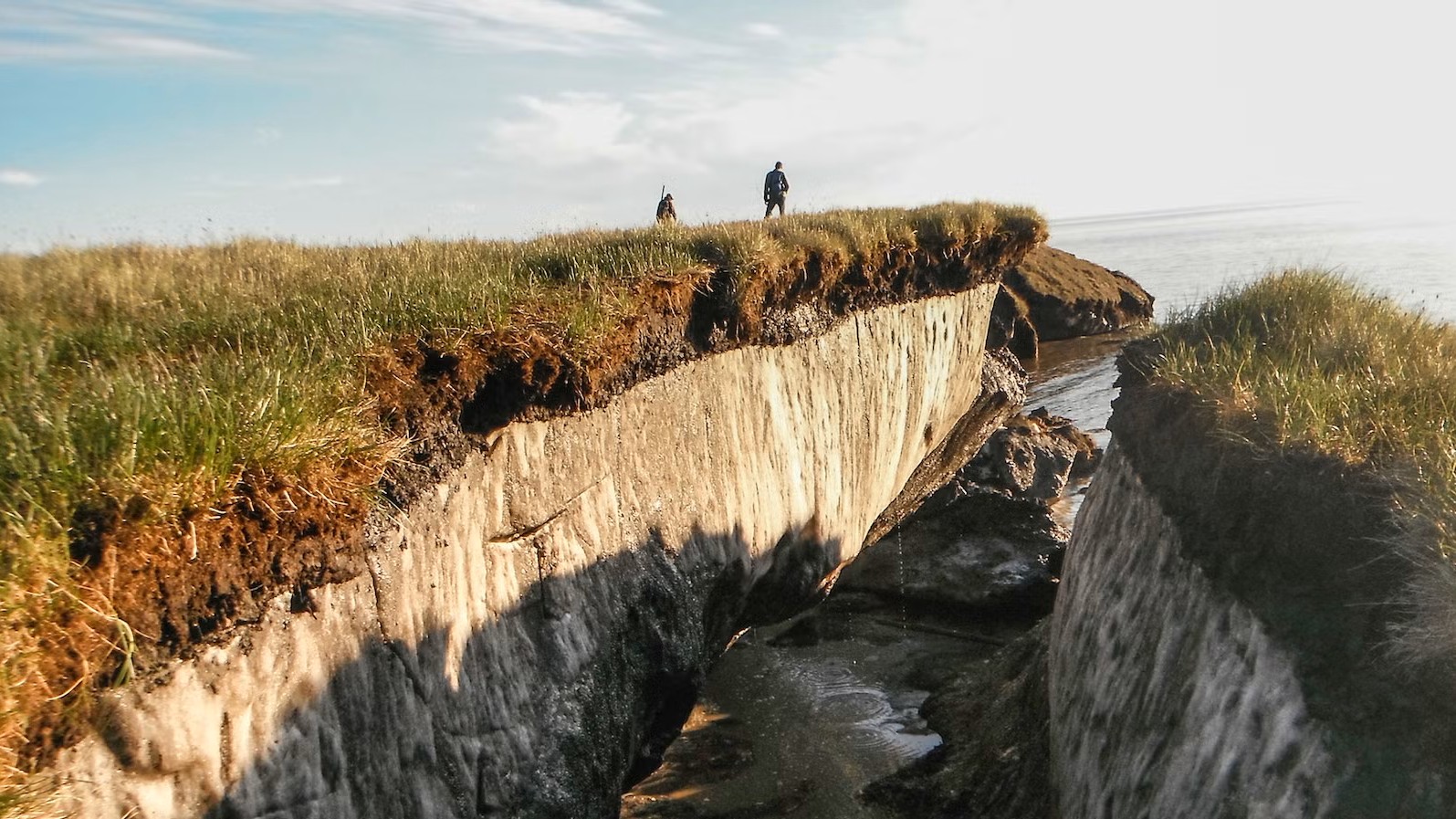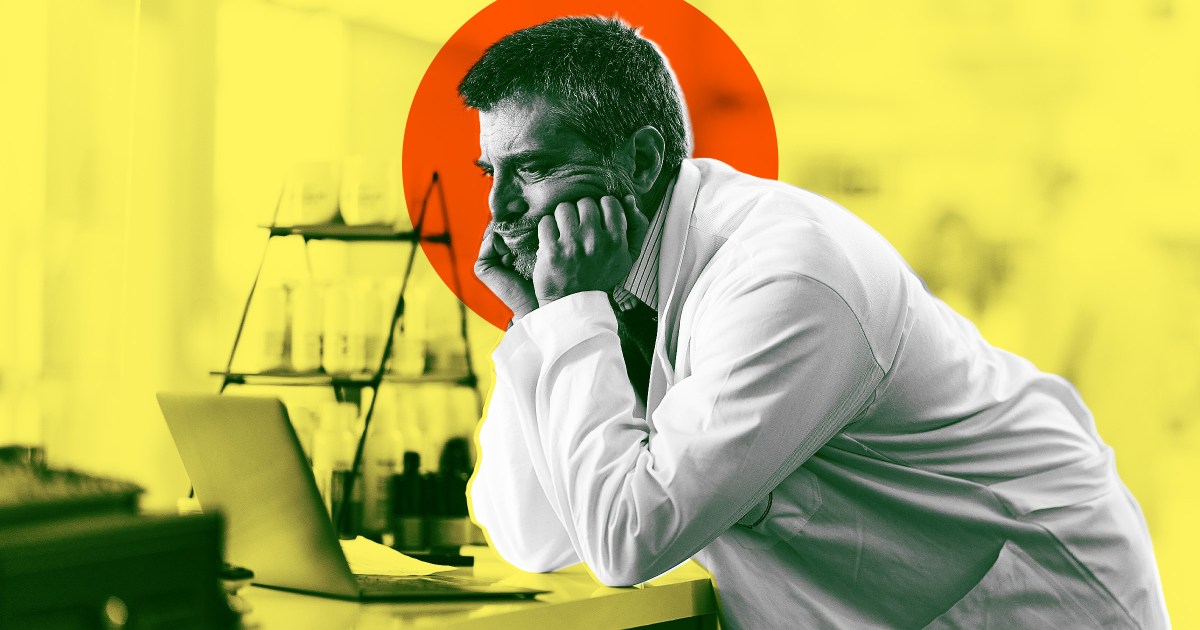Microbes that have been suspended in permafrost for up to 40,000 years could “reawaken” and start churning out greenhouse gases if Arctic summers grow much longer, new research suggests.
Under future climate conditions, microbes that have been dormant since the last ice age (2.6 million to 11,700 years ago) may only need a few months to reactivate, according to a study published Sept. 23 in the Journal of Geophysical Research: Geosciences. If they do so for even a part of the year, scientists warn this could trigger a feedback loop that would accelerate permafrost thaw and global warming.
“You might have a single hot day in the Alaskan summer, but what matters much more is the lengthening of the summer season to where these warm temperatures extend into the autumn and spring,” study lead author Tristan Caro, a postdoctoral research associate in geobiology at Caltech, said in a statement.
Caro and his colleagues collected samples from the Permafrost Research Tunnel near Fairbanks. The tunnel sits 50 feet (15 meters) below ground and extends more than 350 feet (107 m) into the permafrost, offering a glimpse into life during the late Pleistocene epoch (129,000 to 11,700 years ago).
Their aim was to determine resuscitation and growth rates in microbes that lived during this time. But as Caro entered the tunnel, he also noticed mammoth and bison bones protruding from the icy walls, according to the statement.
“The first thing you notice when you walk in there is that it smells really bad,” said Caro, who conducted the research as a graduate student at the University of Colorado Boulder. “To a microbiologist, that’s very exciting because interesting smells are often microbial.”
Back in the lab, the researchers drenched the samples in water containing unusually heavy hydrogen atoms, also known as deuterium. They then incubated the samples in refrigerators set to 25, 39 or 54 degrees Fahrenheit (minus 4, 4 and 12 degrees Celsius) and regularly examined them for changes in microbial activity.
“We wanted to simulate what happens in an Alaskan summer, under future climate conditions where these temperatures reach deeper areas of the permafrost,” Caro said.
One month into the experiment, the team didn’t note much change, even in the two warmer samples. A handful of microbes had awakened from their long slumber, but only 0.001% to 0.01% of cells were replaced daily by new, active ones.

In the months that followed, however, everything changed. The deuterium in the samples enabled the researchers to track how much water microbes consumed to build the fatty membranes around their cells. This revealed that the ancient organisms preferentially produced fatty acids called glycolipids, which researchers think may be involved in cryopreservation.
Six months into the experiment, the microbes incubated at 39 F and 54 F had undergone “dramatic” changes in community structure and activity levels, according to the study. The samples were less diverse than active layers of permafrost, but the microbes were as active as their more modern counterparts, even producing slimy structures called biofilms that were visible to the naked eye.
“These are not dead samples by any means,” Caro said.

The results have implications for the Arctic and Earth’s climate more broadly, because microbes in the permafrost survive on organic matter, which they convert into carbon dioxide and methane. Global temperatures are rising faster in the Arctic than anywhere else in the world, thawing the permafrost at alarming rates and for increasing lengths of time. As Arctic summers grow longer and temperatures rise in the deeper layers, colonies of ancient microbes could awaken and start emitting carbon.
Permafrost in northern regions currently holds about twice as much carbon as Earth’s atmosphere, so large-scale releases could contribute significantly to climate change. This would accelerate permafrost thaw, triggering a vicious cycle of warming, more thaw and more warming.
“It’s one of the biggest unknowns in climate responses,” study co-author Sebastian Kopf, an associate professor of geological sciences at the University of Colorado Boulder, said in the statement. “How will the thawing of all this frozen ground, where we know there’s tons of carbon stored, affect the ecology of these regions and the rate of climate change?”
But the study only examined ancient microbes from one location, and microbes in other regions may react differently to warming, the researchers noted.
“There’s so much permafrost in the world — in Alaska, Siberia and in other northern cold regions,” Caro said. “We’ve only sampled one tiny slice of that.”
Source link


